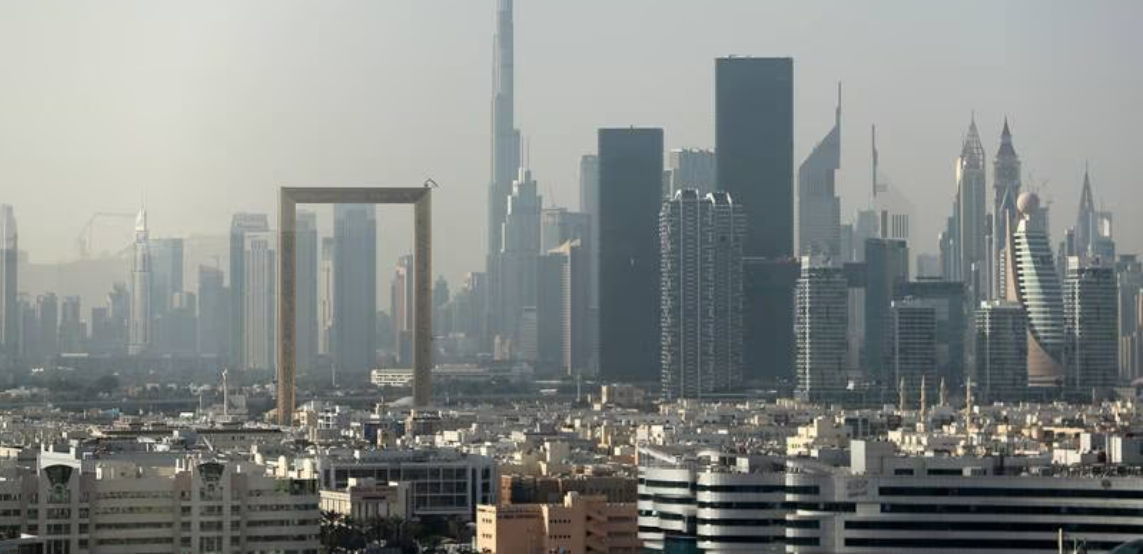Despite ongoing global economic challenges, the Middle East’s tourism industry has experienced the strongest post-pandemic recovery worldwide, according to HSBC.
According to the bank’s latest Jet, set, go! research study, the area, which is home to the largest Arab economy in Saudi Arabia and the global commercial and leisure center of the UAE, is exceptional in that it saw a “total recovery” in terms of visitor arrivals in the first quarter of 2023.
In comparison to the same period last year, the number of visitors increased by 15% in the first three months of this year.
The Middle East’s tourism industry recovered to a much greater extent than Europe, which came in second place and saw 90% of global visitors.
Top international tourist destinations including Saudi Arabia, the UAE, Qatar, and Turkey saw large increases in tourist spending.
“The Middle East region experienced the strongest growth in terms of rebound in tourism and is the first region in the world that has grown beyond pre-pandemic numbers,” said Maitreyi Das, an economist at HSBC Securities and Capital Markets who prepared the research.
According to the first quarter of 2023, “Qatar and Saudi Arabia are the best growing tourist destinations globally.”
One of the key pillars of Middle Eastern countries, particularly the six-member economic bloc of the GCC, that are attempting to diversify their economies away from oil is the development and expansion of the tourist sector.
In order to reach its goal of 100 million visitors annually by 2030, Saudi Arabia is investing billions of dollars in the growth of its tourism industry.
Asfar, the Saudi tourist Investment Company, was established in July to aid in the expansion of the travel and tourist industry by the kingdom’s sovereign fund, the Public Investment Fund.
According to a statement released at the time by the PIF, Asfar would invest in new tourism initiatives and create tourist hotspots around Saudi Arabia with hospitality, attractions, shopping, and food and beverage options.
The PIF-owned AlUla Development Company began operations earlier this year with the goal of making the city a popular travel destination on a worldwide scale.
A fully owned subsidiary of the PIF, Saudi Entertainment Ventures (Seven), said in November that it intended to invest 50 billion Saudi riyals ($13.3 billion) to build 21 integrated entertainment destinations across 14 Saudi cities.
The second-largest economy in the Arab world, the UAE, is making significant investments to grow its tourism industry.
The vice president and ruler of Dubai, Sheikh Mohammed bin Rashid, said in May that Dubai had the greatest visitor expenditure in the region, at Dh121 billion ($33 billion), up 70% from the previous year.
We have set a goal of welcoming 40 million visitors within the next seven years, and we want the tourism industry to contribute Dh450 billion more to our GDP than it does currently.
According to HSBC, the Middle East has the highest percentage of global GDP derived from tourism, at 5%, indicating that “the region may benefit from the ongoing recovery in the year ahead.”
It said, “Asia Pacific is second, with more than 4% of the region’s GDP coming from tourism.
Additionally, international tourism receipts increased to $1 trillion last year, up 50% from the level recorded in 2021.
Comparing each region’s recovery, Europe experienced the most dramatic improvement (87% of pre-pandemic levels), followed by Africa (75%), the Middle East (70%) and the Americas (68%).
“Asia destinations earned about 28% of pre-pandemic revenues last year due to prolonged border shutdowns, likely to be up sharply in 2023,” HSBC added.
Turkey ranked fourth globally among regional travel destinations last year, with tourism receipts exceeding (by 104%) those from before the pandemic.
The rate at which air traffic seat capacity has expanded is one of the elements determining how quickly the tourism industry recovers, according to the HSBC report.
According to perceptions, 40% of individuals believe that the Middle East has already seen a tourism revival, while 20% believe that this will happen by the end of 2023.

